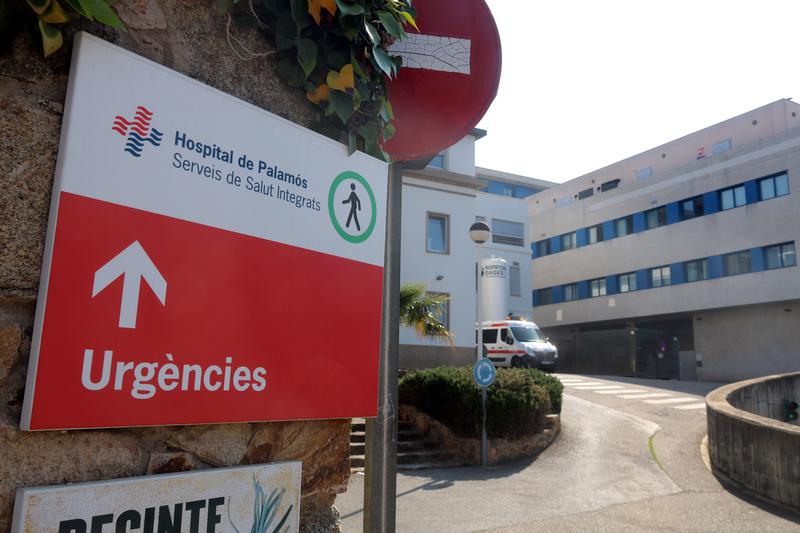Waiting time in Catalan public hospitals' emergency units surpasses an hour on average
Time reduced in 2023, but still 60% higher than 2010, when people waited for 40 minutes

Patients in the Catalan public hospitals' emergency units had to wait an average of 62 minutes for a doctor's visit in 2023, as data from the health department analyzed by the Catalana News Agency (ACN) shows.
While the waiting time has improved by two minutes compared to 2022, it is still higher than in 2010, just before the financial cuts promoted by the Catalan government during the economic crisis.
Out of the eight hospitals managed by the Catalan Health Institute (ICS), a publicly held company, patients had to wait 62.4 minutes, around 5 less than in 2022, but still far away from the 40-minute waiting time seen in 2010.
Meanwhile, considering all the different public and private health centers in Catalonia with emergency units financed by the public administration, the average waiting time was 61.9 minutes, two less than in 2022. This time spans from the triage to the doctor's visit.
3.8 million emergencies
During 2023, the emergency units saw 3.8 million patients, 2.2% more than the previous year. However, the increase in requests has not meant an increase in the waiting time, even though it tends to be one of the main reasons by waiting rooms are crowded, as Barcelona's Hospital de Sant Pau emergency unit director Mireia Puig told ACN.
Puig said the increase in the number of patients has been progressive since 2010, with 2.5% more people attending the emergency departments each year. The problem these health centers have, however, is that they have more issues attending to people because there are no more personnel, and the space to treat people is still the same.
Another reason is a change in patients.
"Elderly people tend to come more often, and their time in the emergency unit is different, with more time to treat than other patients," Puig said, adding that they also have a higher percentage of hospitalization.
This time affects other patients who need hospitalization because beds in the emergency units are already occupied, making it more difficult to treat everyone quickly.
Reducing or increasing waiting time
Among the different hospitals, there are considerable differences in terms of timing. The most extreme case is the Hospital del Mar health center in Barcelona, with an average of 114 minutes waiting in 2023. In 2019, the waiting time was 95.9 minutes, while in 2022, it was 110.
A similar situation has been registered in the Sant Camil residential hospital in Garraf, just south of Barcelona. Last year, patients had to wait 104 minutes; however, this has reduced the time recorded in 2022, when it was 156 minutes (2 hours and 36 minutes). In 2019, this health center had an average time of 46 minutes.
Conversely, the Hospital de Bellvitge has reduced the waiting time of 130 minutes in 2019, the highest back then, to 55 minutes in 2023, just below average.
A similar situation happens in the Sant Joan de Déu maternity hospital, one of the centers with the most emergencies attended (114,589), with an average time below average (58 minutes).
Reacting to the news, Health Minister Manel Balcells admitted that hospital emergencies and patient waiting times are "increasing" and acknowledged a "lack of equity" between hospital centers.
"It is true that emergencies are increasing. But it is also true that screening is vital, and once screening is done, less complex emergencies can afford to wait longer," he said.
Balcells said that the government has "begun to promote" a model change to ensure that medium and low complexity emergencies, the majority, are treated in primary care centers (CAP) or urgent care centers.